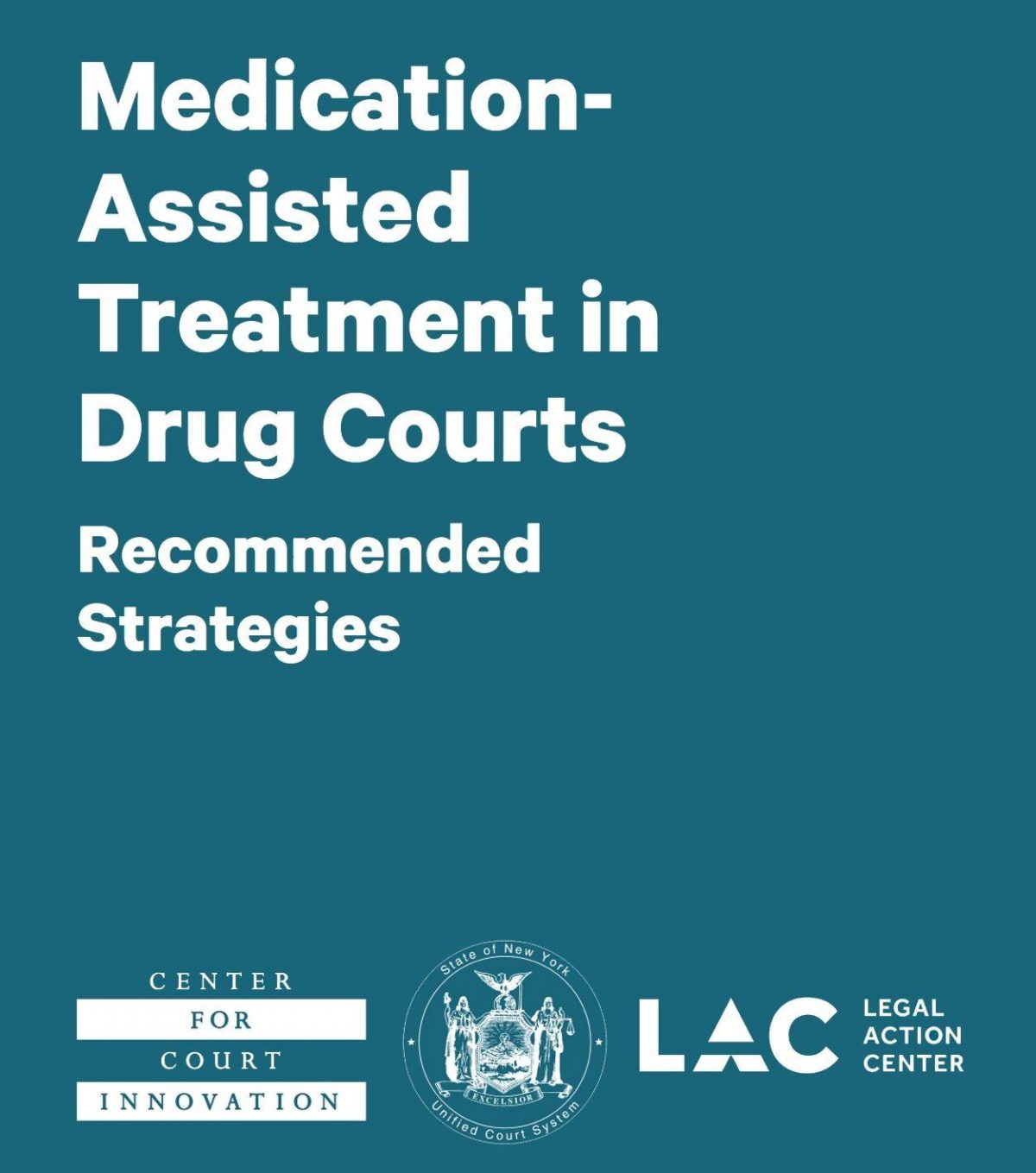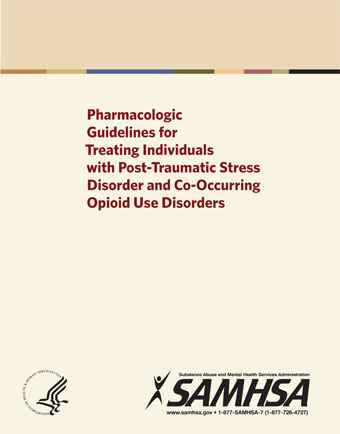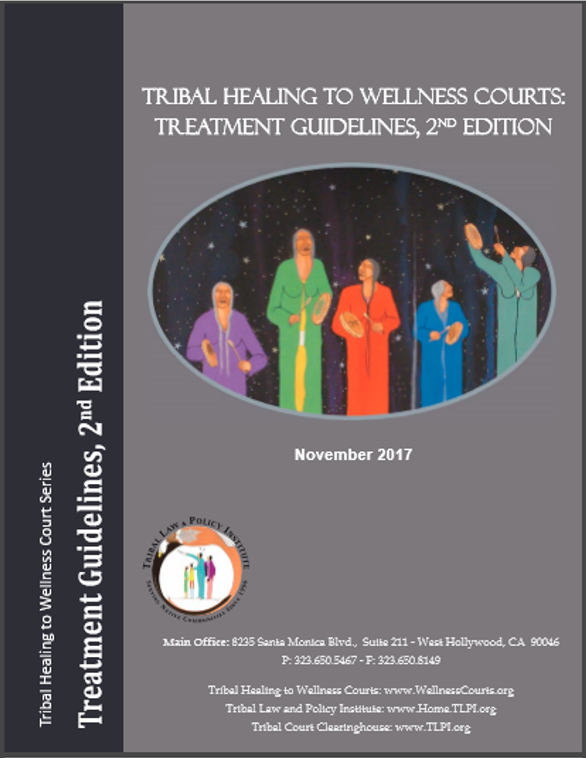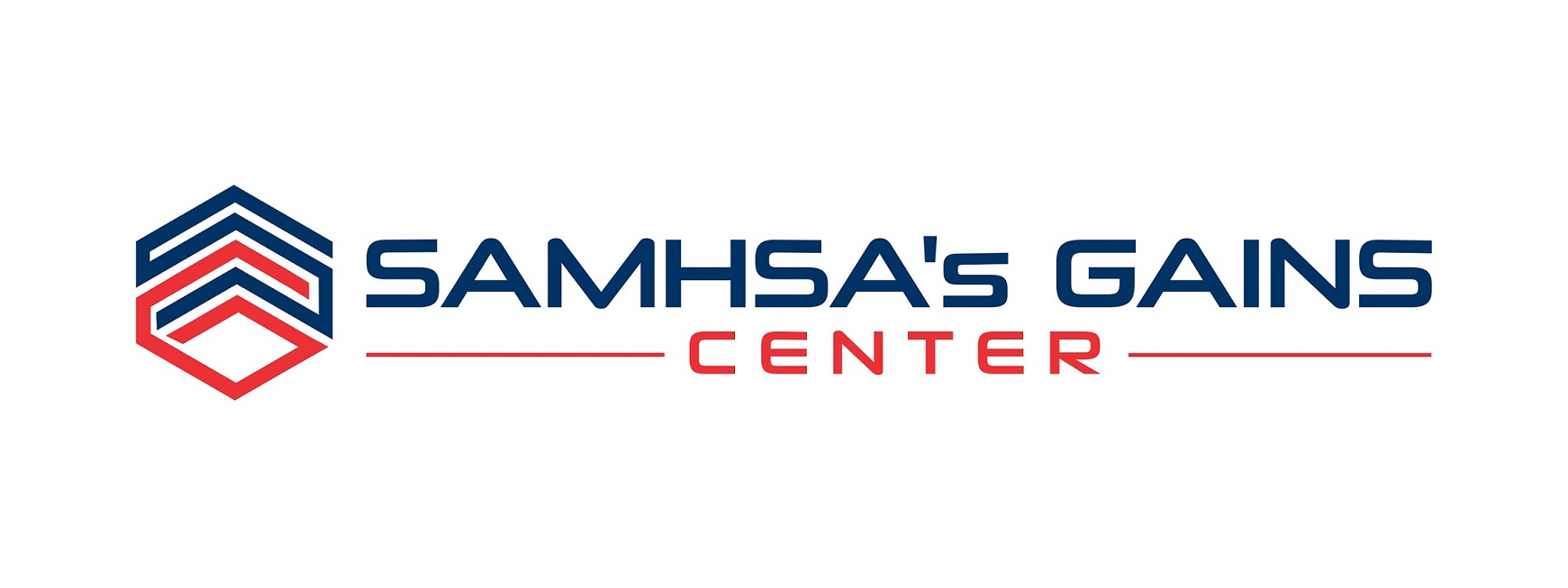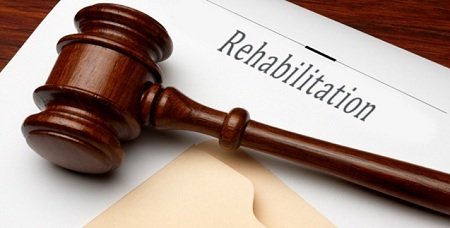Early identification substance use disorder treatment a nonadversarial approach services for co occurring concerns frequent drug and alcohol testing medication assisted treatment mat and incentives and sanctions are also incorporated and combined with evidence.
Drug court and mat treatment.
However many drug courts do not recommend or even allow the use of mat for opioid dependence.
Many national and international professional bodies consider medication assisted treatment mat with methadone buprenorphine or extended release injectable naltrexone an evidence based best practice for treating opioid dependence.
The three medications approved by the fda for the treatment of opioid use disorder are methadone buprenorphine and naltrexone.
Family treatment drug courts.
The goals recognized within traditional dependency court timeliness safety permanency the general well being of children etc are included in family dependency drug court but principles found in adult drug court i e.
The national drug court institute ndci with funding from the office of national drug control policy executive office of the white house in collaboration with american academy of addiction psychiatry aaap developed an online training curriculum designed to educate treatment court professionals on medication assisted treatments mat for substance use disorders with a major focus on opioid use disorders.
Medication assisted treatment mat is an evidence based treatment for opioid use disorder that uses fda approved pharmacotherapy in combination with counseling and behavioral therapies to treat substance use disorders.
It reviews effective medications and provides strategies to increase the use of mat in drug court programs.
A study published in 2012 found that 56 percent of drug courts offer mat however 98 percent of drug courts reported opiate addicted participants.
Drug courts use a collaborative approach to treatment involving defense attorneys prosecutors treatment and education providers and law enforcement officials.
This guide highlights the use of medication assisted treatment mat for opioid use disorder in drug courts.
Non violent offenders voluntarily enter the program in which rules are clearly defined and a contract between the offender attorneys the district attorney and the court is signed.
Jails and prisons have been slow to offer this form of treatment despite the overwhelming evidence of the effectiveness of mat.
The guide also provides strategies to increase the use of mat in drug court programs.
Medication assisted treatment mat has permeated only half of drug courts operating around the country.
It reviews effective medications including methadone buprenorphine and naltrexone.

